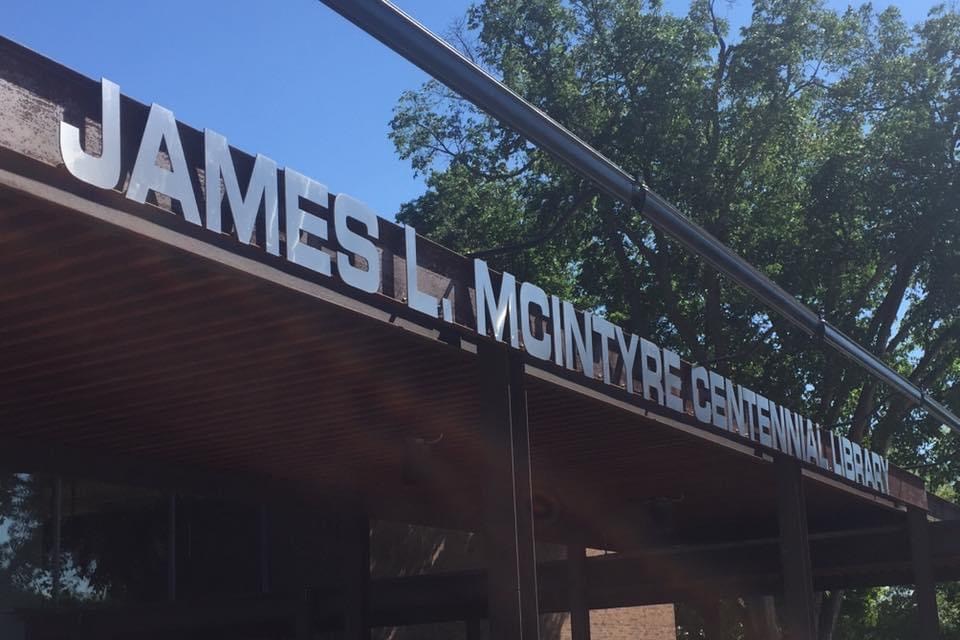Staff concerns about an aggressive, threatening man outside the James L. McIntyre Centennial Library last month resulted in a facility lockdown and a complaint to the Ontario Ministry of Labour, Immigration, Training and Skills Development.
Library employees contacted the ministry after an incident on Sept. 11 involving an irritated individual near the downtown main branch entrance.
Staff expressed concern that their employer wasn't doing enough to protect them from violence.
"We had a policy where you would go out if you saw someone sleeping outside the library, to do a wellness check to see if they're okay and to offer them information about resources and local shelters and stuff," said Matthew MacDonald, the library's chief executive officer.
"But when staff approached them and tried to talk to them, the person became very aggressive," MacDonald told SooToday.
"And so the staff returned to the library and barred them from entering when they tried to enter."
"Nobody was hurt. When he became aggressive, it was a little frightening for some of the staff but they made sure that everybody was safe and they notified the police."
"Police did eventually pick up the gentleman and we also had security on call that arrived later to close the building."
"I believe he was taken to the hospital. I think they were a little concerned that he would be released and return. We had our security on call remain at the library."
MacDonald said a labour ministry inspector met with library management and employees.
"They [the inspector] had a couple of suggestions, but they didn't issue orders."
The incident was also discussed at a library board meeting last week and MacDonald said he will review existing policies after conducting a new risk assessment.
In recent years, libraries have become something very close to front-line social service agencies and MacDonald said he's very grateful for the new Neighbourhood Resource Centre opening up the street.
"Yes, it's really needed in the area and I'm proud of how many beds they now have. We can redirect people," MacDonald said.
The following is excerpted from a field visit report prepared Sept. 14 by Kirk Dillabough, an inspector from the Ministry of Labour, Immigration, Training, and Skills Development:
The employer was reminded that an obligation exists to make workers aware of persons that have a violent behaviour history and the worker may encounter them.
The employer does use a ban process to keep certain people out of the workplace. A recent occurrence of violence was discussed. It would be appropriate to make workers aware of the person as soon as it is known.
The employer is only required to provide enough personal information that would protect that worker.
Physical workspace:
It was noted that the employer uses locking of doors/ worker-only areas to protect the workers. It was not clear that all the workers knew where keys to doors were located, how to lock the doors, who makes the decision to lock doors and what the employer's expectations were about how to deal with clients during violent incidents.
The employer has installed security cameras around the workplace. A general discussion about blind corners etc. occurred. The public-facing areas have some higher counters and Plexiglas screeners to help separate workers from clients.
Workers monitor the downstairs bathroom. If the key is not returned in a certain time period, workers attend the washroom to check on users. This activity has been noted as a higher risk activity and several incidents have occurred to workers.
This item was discussed with the employer for consideration. It was not clear how workers in the workplace would be alerted to an incident of violence that is occurring.
Investigation ongoing.
A copy of this report must be posted in the workplace.
